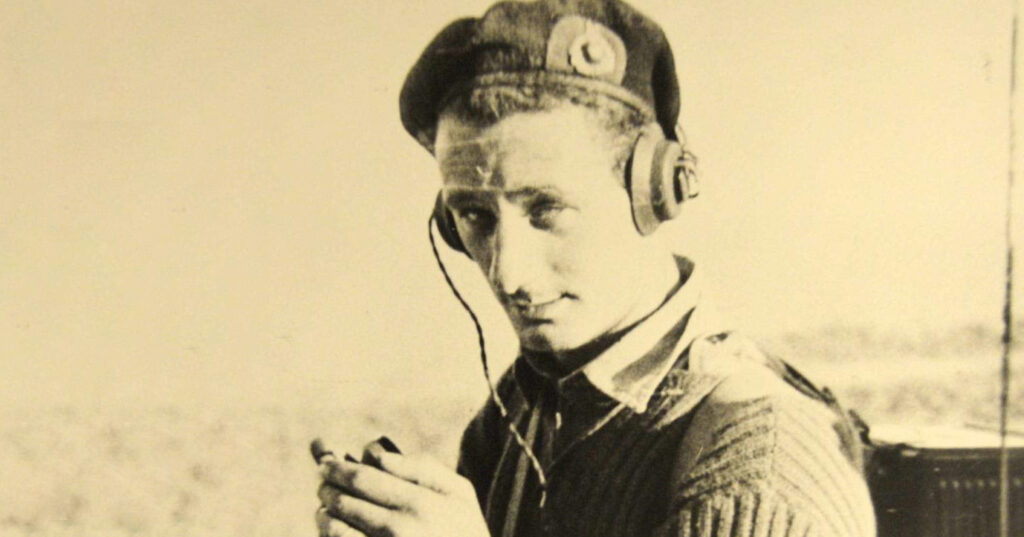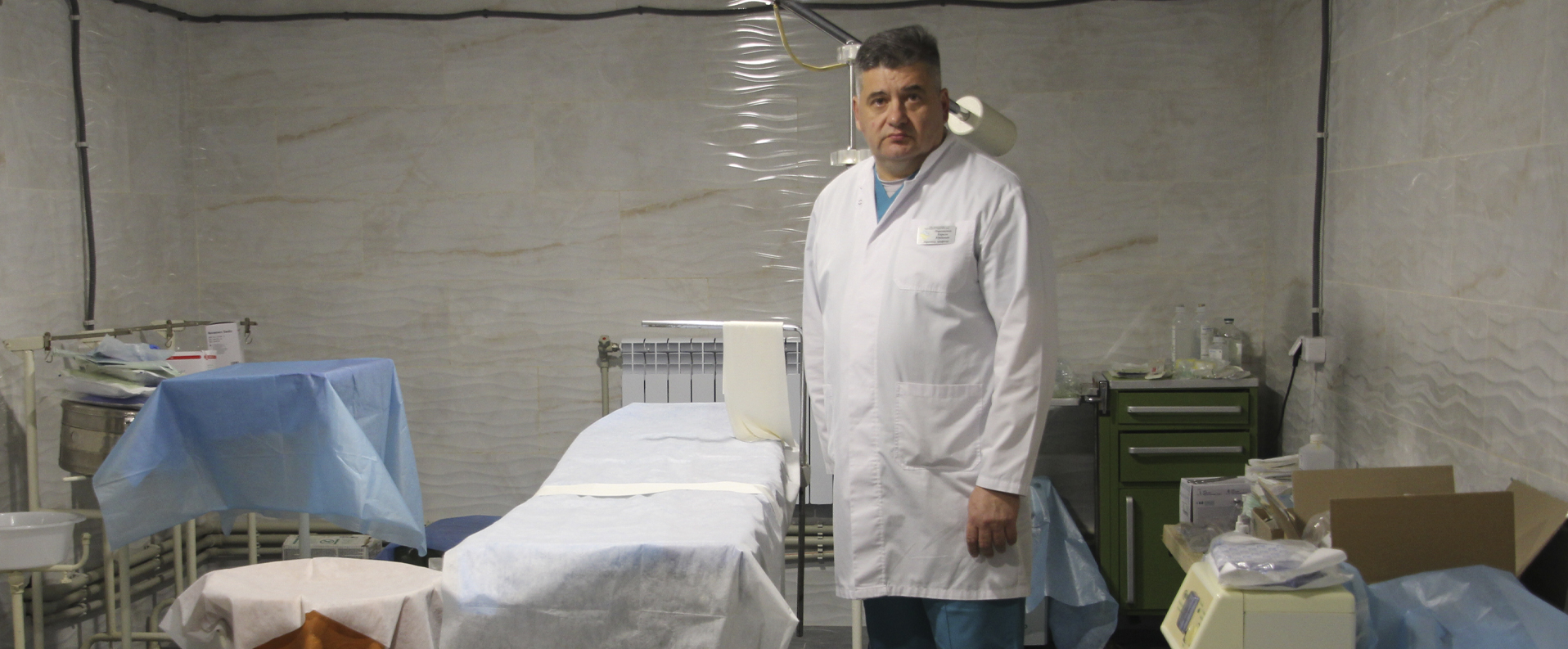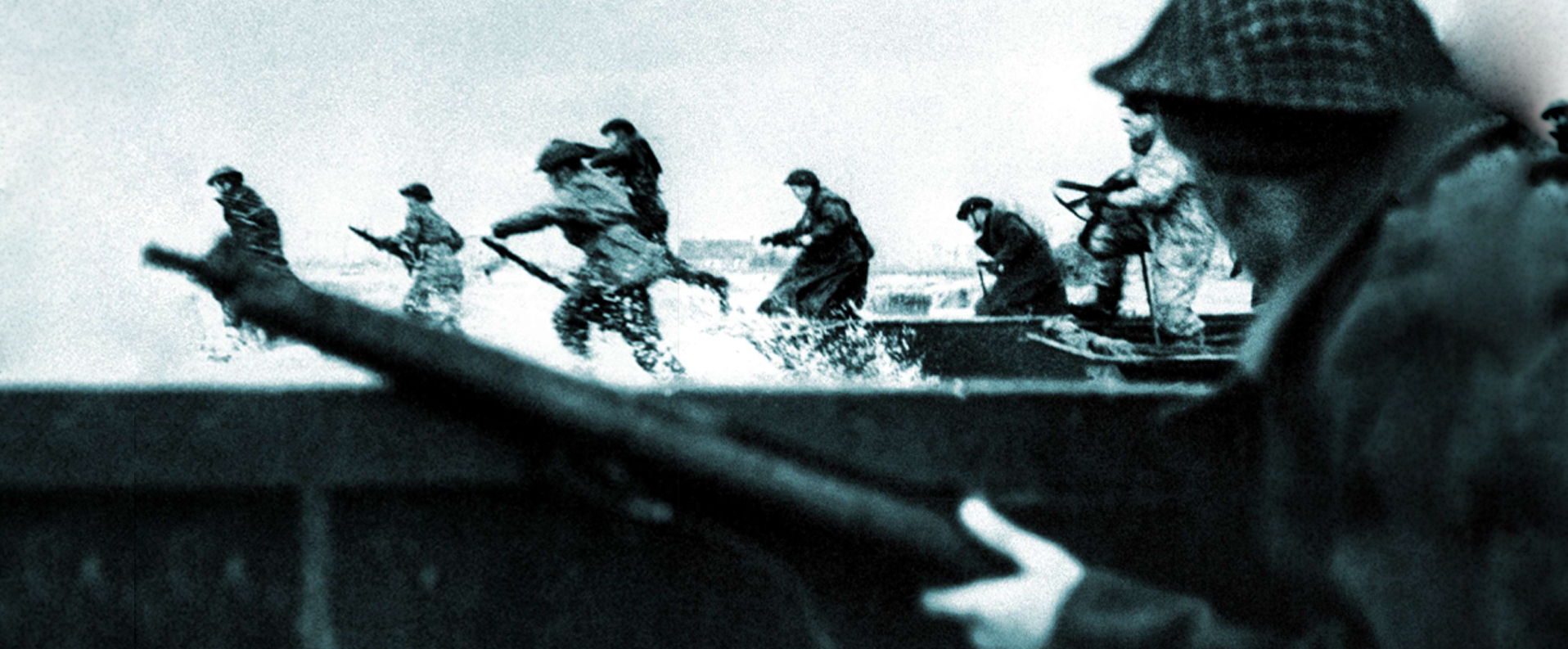
Published in the Daily Express on 19 March 2011.
Sergeant William Edward ‘Bill’ Sparks
Sergeant Bruce Ogden-Smith
Staff Sergeant Sekonaia Takavesi
In an exclusive essay for the Daily Express LORD ASHCROFT – whose collection of medals won by our Special Forces are to go on public display next week – tells the remarkable stories behind three of the men who won them for their bravery.
It was a Special Forces mission shrouded in secrecy and not for the faint-hearted. Major “Blondie” Hasler, who had devised the planned attack deep behind enemy lines, insisted the participants had to have a long list of qualities.
In order of priority, the 12 men had to be “eager to engage the enemy; indifferent to their personal safety; intelligent; nimble; free from family ties or dependents; able to swim; and of good physique and eyesight.”
In preparation for what was arguably the most daring undercover raid of the Second World War, the group began training from their base in Plymouth, Devon, where Hasler quickly identified his number two for the mission: a slight-built Cockney with an infectious laugh, Corporal Bill Sparks.
Now, as Sparks’ gallantry and service medals are about to go on public display for the first time along with a selection of my other previously-unseen Special Forces medals, it is appropriate to pay tribute to the achievements of these truly courageous men: the so-called Cockleshell Heroes.
Operation Frankton, as the mission was codenamed, was to be carried out by the Royal Marine Boom Patrol Detachment (RMBPD), set up in July 1942 and which eventually became a branch of the Special Boat Squadron (SBS).
The target was Bordeaux in German-occupied France. The port, located up the Garonne and reached via the Gironde estuary, was sheltering blockade-running Axis vessels, which were preparing to carry vital equipment to Japan.
Operation Frankton involved taking specially-designed cockles (canoes) in a submarine which would surface and drop them off the French coast in the dead of night. Each of the two-man cockles would carry eight limpet mines which were intended to be attached to targeted ships using placing rods.
Hasler decided that at the end of their journey – of more than 100 miles travelling only at night – the men would carry out attacks on 12 merchant ships. Then they would scuttle their cockles and try to get across France to Spain.
Shortly before 8pm on 7 December HM Submarine Tunasurfaced in the Bay of Biscay and the six cockles were lowered into the water. However, one was damaged and its crew was forced to remain on the submarine. The intended 12-man operation was now a 10-man mission.
After three hours of paddling in heavy seas, the five cockles were hurled into a tide-race and three cockles and their crews became separated from the main party. Two-thirds of the original strike force had now been lost and the success of the mission depended on just four men.
When those men finally reach Bordeaux on the night of 11/12 December, it was swarming with German soldiers. Hasler and Sparks went up the western side of the main docks, while their two comrades paddled up the east side. In the darkness, the four men attached the limpet mines and escaped.
The men frantically paddled as far from the scene as possible and at 9.30am the next morning, having now scuttled their canoes, they listened for the sound of distant explosions but heard nothing. In fact, their mission had been a success and many enemy ships were severely damaged.
The four men split into pairs, donned civilian clothes and discarded their weapons on the grounds that, if captured, they would be shot as spies if they were armed as well as out of uniform. Resembling French peasants, Hasler and Sparks made it across the French countryside hiding out at night. On 18 December, they located a village bistro where they made contact with the French Resistance.
After a three-week wait at a small hotel, they were met by a representative of the “Marie-Claire Escape Line” and taken by train to Lyons. From there, they moved from one safe house to another until they reached Marseilles. Eventually, it was deemed safe for them to travel by train to Perpignan from where they trekked across the Pyrenees to Spain…and safety.
Sparks and Hasler were the only survivors from the mission: their eight comrades all perished. Six were captured and were apparently tortured before being shot. The two other men are believed to have died at sea.
On 29 June 1943, the London Gazette announced that Hasler had been awarded the Distinguished Service Order (DSO) and Sparks had been awarded the Distinguished Service Medal (DSM), but no details of the mission were given.
It was only after the war had ended that the bravery of the Cockleshell Heroes became more widely acclaimed and, in November 1955, Sparks and Hasler attended the world premiere of the film, The Cockleshell Heroes.
I later saw the film and was mesmerised by the men’s courage. It was my admiration for the CockIeshell Heroes that made me so delighted when I purchased Sparks’ DSM and service medals some years before he died in December 2002, aged 80.
Last year my collection of Victoria Crosses – the largest in the world and now totalling 170 – went on public display in the Lord Ashcroft Gallery at the Imperial War Museum. Eventually, I want my other medal collections also to go on public display. In the meantime, a selection of my Special Forces medals is temporarily going on show next week in central London.
Among the medals to go on display are those of Sergeant Bruce Ogden-Smith, one of the most courageous and colourful characters of the Second World War. By late 1943, Ogden-Smith had been given an extraordinary Special Forces’ mission: he was asked to swim secretly in the dead of night to French beaches to conduct “beach reconnaissance”. At the time, he was serving with the Commandos’ fledgling Special Boat Squadron (SBS).
The success – or failure – of the Normandy landings depended on obtaining detailed and accurate information of the Normandy beaches because parts consisted of peat, which was too soft for military vehicles.
So Ogden-Smith and Major Logan Scott-Bowden were taken to within a few hundred yards of the shore by a small landing craft or midget submarine – and then left to swim ashore in a waterproof suits, with a torch, compass and other equipment.
The two were also armed with a waterproof Colt.45 and a fighting knife in case they encountered enemy soldiers. After getting samples of sand from the beach, the men swam hundreds of yards back out to sea to be retrieved by their waiting comrades. The two men swam to various French beaches on some 30 occasions.
Ogden-Smith was awarded the Military Medal (MM) and Distinguished Conduct Medal (DCM), while Scott-Bowden was awarded the Distinguished Service Order (DSO) and Military Cross (MC). At the end of the war, Ogden-Smith is believed to have returned to his native Wales where he died in December 1986.
One former SAS man whose medals will also go on display next week is Staff Sergeant Sekonaia Takavesi, who took part in the secret war in Oman against the adoo rebels. On the morning of July 19, 1972, the adoo launched a carefully-planned attack using 250 of their most elite fighters to try to capture the small market town of Mirbat.
The nine SAS soldiers who were staying in the town heard the adoo attack a small detachment of Dhofar Gendamerie, then saw waves of enemy soldiers heading towards the British Army Training Team (BATT) house.
Trooper Talaiasi Labalaba, who like Takavesi was Fijian, initially fired the 25-pounder gun alone (for maximum effect the gun should be manned by five men). Labalaba was in no doubt of the importance of his role: if the gun was captured, the adoo would be left to sweep through the town unchecked.
Perhaps inevitably, Labalaba was eventually wounded and, later, killed, while several other comrades were also killed or wounded. Takavesi, who had fought courageously throughout the battle, was among those with the most serious injuries.
However, just as their position looked hopeless, and with theadoo just 20 metres from the gun-pit, the cloud cover lifted and two jets from the Sultan’s Air Force arrived and strafed the enemy with cannon-fire. Furthermore, SAS reinforcements, who had received a radio SOS message, also fought their way through the town.
Slowly but surely, the adoo were forced to retreat and, eventually, Takavesi and others received medical attention, while the Battle of Mirbat proved a turning point in the conflict.
After four hours of ferocious fighting, the adoo had been forced to leave behind 40 men, dead and wounded. Subsequent intelligence reports put the enemy’s total casualty figure at 100 or more.
In April 1974, Takavesi was awarded the Distinguished Conduct Medal (DCM) for his gallantry at Mirbat. He was eventually discharged from the Army in 1986 with a glowing testimonial from his commanding officer: “SSgt Takavesi has become a legend in his own time within the SAS due to his outstanding operational exploits.”
Sparks, Ogden-Smith, Takavesi and others like them are a special breed of men. They have all risked their lives time and again for their country and we all owe them an enormous debt. I am delighted that this week their medals will go on public display – and, quite rightly, their bravery will be more widely appreciated.
Read this article in the Daily Express
For more information, visit:
LordAshcroftOnBravery.com


